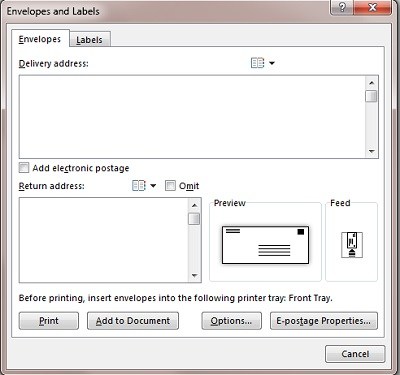

That material was soon replaced by glassine and by the end of the century, clear plastics some uses omit the film entirely, leaving an open cut-out.

Originally called the "outlook envelop", the patent initially anticipated using thin rice paper as the transparent material forming the window. Callahan of Chicago, Illinois, in the United States, received the first patent for a windowed envelope on 10 June 1902.

Name the file "envelope-template.xls" and click "OK.US Patent 701,839 for a windowed envelope Modern envelope with a single window for the recipient addressĪ windowed envelope is a conventional envelope with a transparent (typically PET or BOPS Bi-oriented polystyrene plastic film) window to allow the recipient's address to be printed on the paper contained within.Īmericus F. Save the worksheet by clicking "Save" from the file menu. Adjust the margins, font sizes and cell sizes as needed. Fold the paper and place it in the envelope to ensure it fits so that the information can be seen through the two windows. Size the recipient-address cells so that it fits in the second window just as you did for the information in the first window. Add any additional information required, such as the address, ZIP code and "Attention" line in the cells beneath the name.

Type the recipient's name in the row beneath the spacer. Leave this row blank as a spacer between the windows. Place the cursor on the bottom line of the first empty row and drag it until it is the same width as your measurement. Measure the space between the two windows on the envelope. Adjust the font size until the text fits in the window. Compare the size you need for the window with the rulers on the left and the top of the worksheet. Select a font size by clicking the Font Size box. Click the "Font" box in the Font group of the Home tab to select a font style. Highlight the cells that will go in the first window. Measure the height and width of the first window. Click the "Home" tab, then click the "Number Format" arrow in the ribbon and select "Text." For example, if you are using this window for your return address and is a three-line address, you could use cells A1 to A3.ĭrag the mouse across the cells you are using for the first window to highlight them. Click "OK."ĭetermine what information needs to go in the top window and how many rows are needed. Type this measurement in the "Left" margin text field. Measure the distance from the left edge of the envelope to the left edge of the windows. For example, if the distance is 1/4 inch, type "0.25" in the text field. Type this measurement in the "Top" margin text field. Measure the distance from the top of the envelope to the top of the first window using a ruler.


 0 kommentar(er)
0 kommentar(er)
